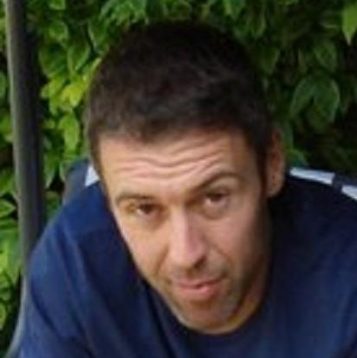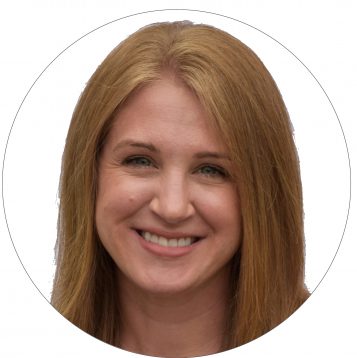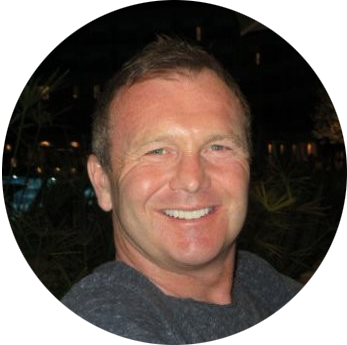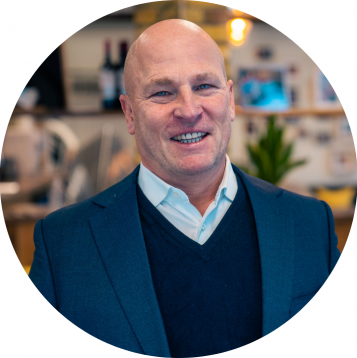Earlier this year, we had a successful webinar with an expert panel revealing the secrets of the 16% of companies that get change right.
Questions from the audience kept coming in and it was impossible to answer all of them. So we present pt. 1 of some of the questions and answers we didn’t have time to go through during the event from our expert panellist Angie Main.
1. What are your views on the organisational (org) chart being the blocker for becoming a learning and/or adaptive organisation?
Let’s remind us all that most organisations operate on two levels: Formal and Informal – and that org charts only reveal some parts of how a team or organisation works.
The reality is that informal systems, relationship and norms/traditions are often more powerful. An org chart is useful in articulating who is who and how folks are organised – you might use it simply for that without any issues.
Be cautious though, as symbols and language are more important than you might think, even subtle differences in how you present an org chart can reveal what’s important to a team/firm and the organisational culture.
A traditional line and box chart that is structured to flow top to bottom in a hierarchical manner can be an early clue to culture, so maybe draw it up in a way that’s more about how teams aim to serve the customer rather than the head of the hierarchy.
Org. charts can preserve norms and reinforce systems that may get in the way of becoming more adaptive.
Therefore, be observant of these tendencies:
- They are largely organised to delineate financial control – organising everything into verticals is almost always about looking inward rather than the need of a customer or market. We can get seduced by thinking our value lies in where we sit on the chart and the number of folks we lead rather than the impact we make.
- Competition and singular, rather than collective, focus – There’s SO much waste in the grey space between silos.
- Reinforce static roles, false specialisms and linear progression over skill and leadership capability. This is the worse kind of way to unintentionally close skill and role mobility.
- Competition and conflict. All too often, org. chart’s starting point is what’s different rather than shared. Remove as many barriers to sharing as you can. Learning and growth should be inclusive, not competitive.
In summary, don’t be kidded into thinking that a perfectly articulated org chart (or any artefact/process for that matter) dictate how work ‘ works ‘ or how decisions are made.
2. Given that every approach has its intended and unintended consequences, what are the unintended consequences of the adaptive operating model? What can go wrong?
Be careful what you wish for when you set out to drive significant change!
I’ve found that it’s common that unexpected or unintended things occur when welcoming the disruptive way of doing things.
My advice is to reflect and retrospect often to help spot and discuss things as they occur. Iterate everything and don’t store up feedback, worries, wins, learning, decisions, or observations.
Ask these questions often to yourself and your team:
- Is anyone else seeing this?
- What’s your take or perspective on progress/what’s holding us back?
- What’s surprised or disappointed you?
Think about the people too; who is thriving, who might we be at risk of being left behind? Who needs an arm around their shoulder?
Pay attention to detail, near misses almost always point to a root cause which can be a disaster if it’s an unattended trend waiting to happen.
Consider your non-negotiable starting conditions after listening to others who have made similar journeys.
I’ve compromised on an essential starting condition more than once to later regret it.
Project money burns a hole in some folks pockets, so be clear on starting conditions and trade-offs. Have an honest discussion about how learning is treated and the lifecycle of the work you are undertaking.
I’ve seen talent leave/attrite because they can’t or won’t go back to older ways of working after having had their eyes opened to new ways of working (it’s happened to me!).
Burn out is a common issue. Watch out for folks who are working too hard/long/intensively as pivoting to more adaptive models. Folks who aren’t used to being ‘ in the work ‘ might not have the tactics to prioritise.
Quite often, you will see a huge rise in knowledge management requirements, sharing/learning and discovering aren’t always set up well and need building from scratch.
You will almost certainly start to see flaws in the way work or knowledge flows. – Prepare to be resilient, patient and objective!
It’s common (perhaps unintended) that an adaptive approach will shine an extra bright light on existing unsatisfactory, ineffective or wasteful processes, systems and relationships.
Transformation will surface nasties so consider combining care and respect with drive and ambition.
WANT TO KNOW MORE ABOUT HOW S&S CAN HELP YOU AND YOUR ORGANISATION?
- Sign up to our bi-monthly newsletter The Pulse with cutting edge business insights from our experts T
- If you’re a senior leader or change agent, join one of our change communities to network and share with like-minded individuals
- If you have a problem that needs solving across business change, agility, delivery or transformation and you don’t want to go down the big, traditional consulting route- get in touch






































































